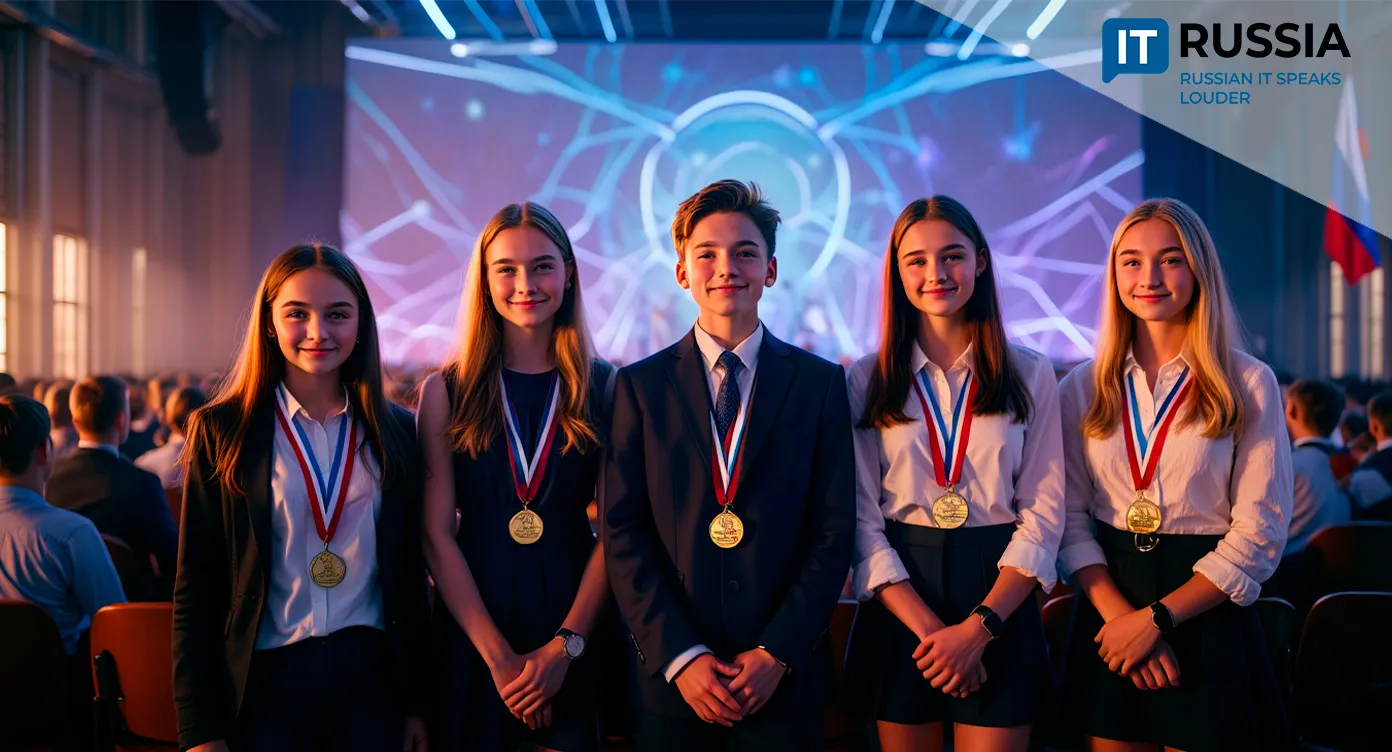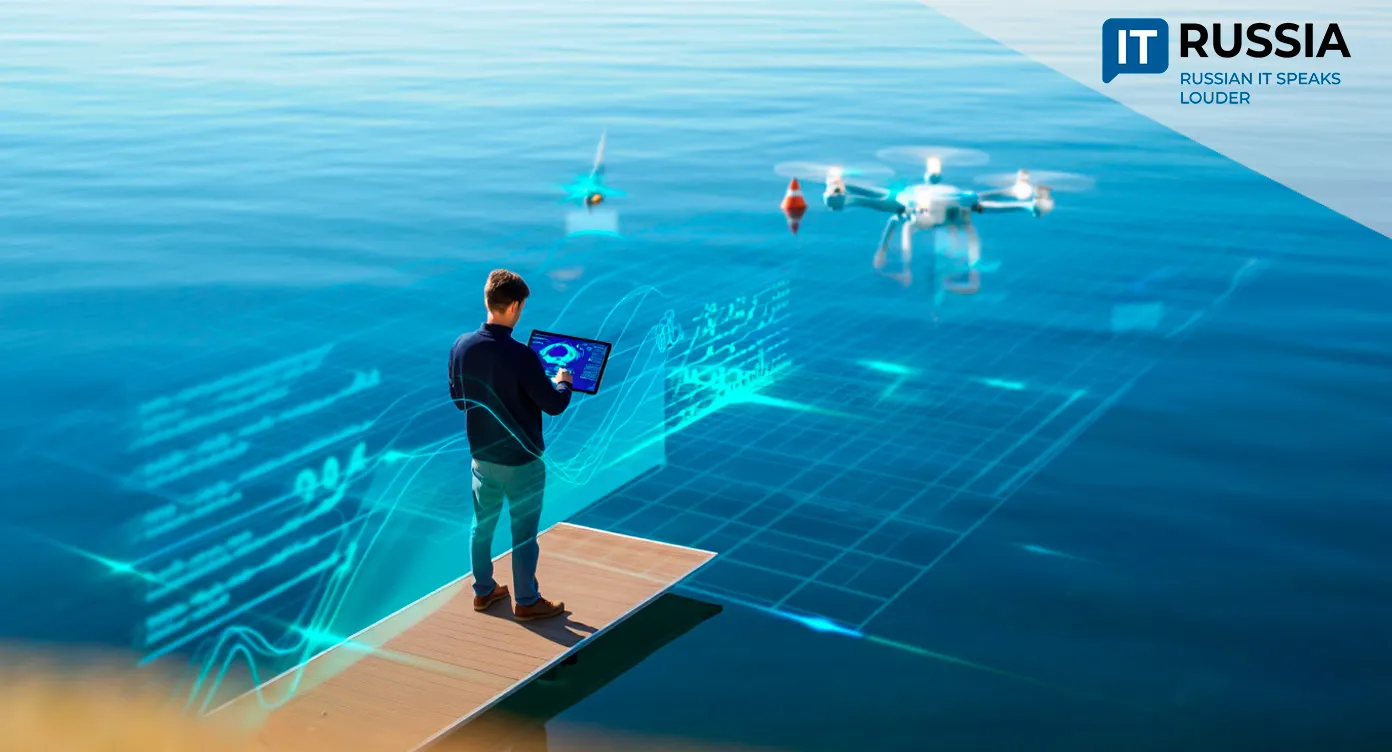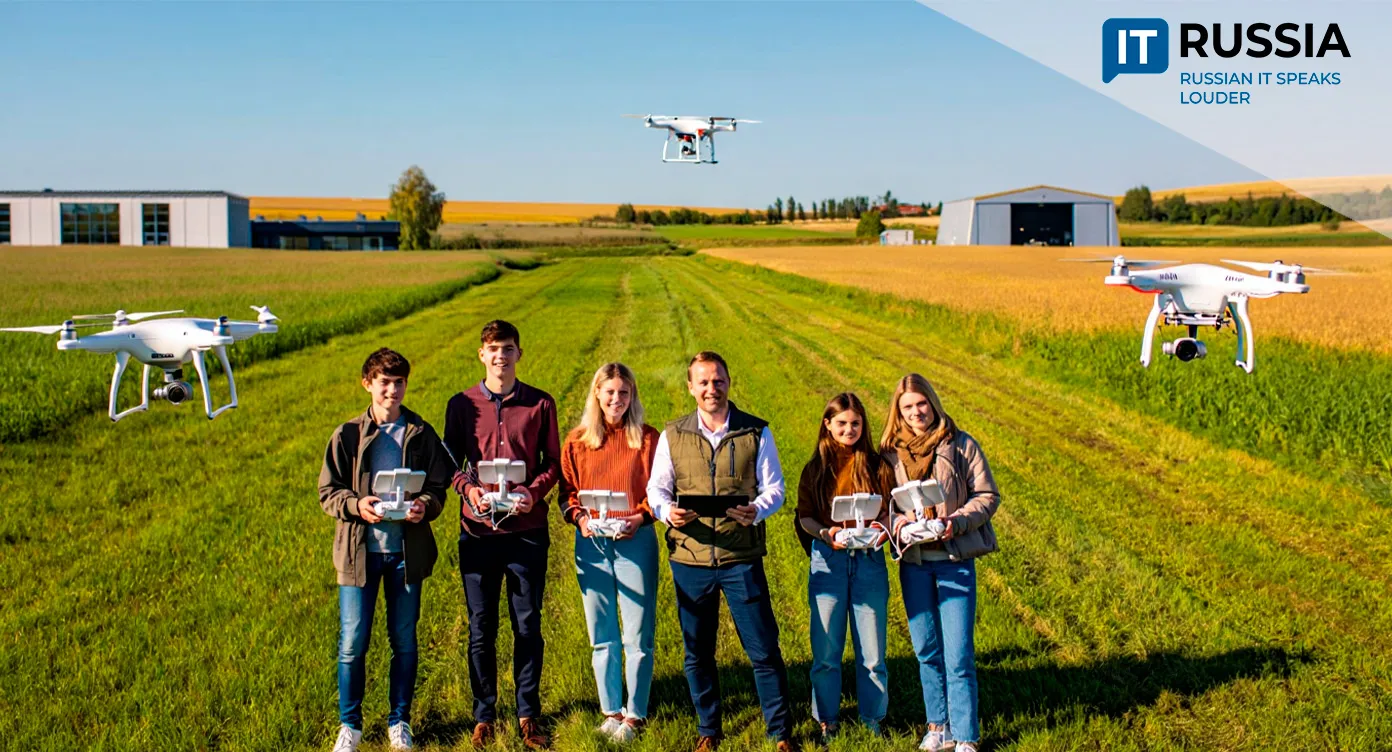‘Kalmariz’ Cleans the Waters: A School Project That Could Shape the Future of Russian Ecology
In Kirov, a group of high school students has proven that age is no barrier to scientific innovation. Their creation, an unmanned drone called ‘Kalmariz,’ is designed to monitor environmental conditions and detect pollution in real time — a project that may help transform Russia’s ecological landscape.

A Young Team with a Winning Design
The young inventors named their creation ‘Kalmariz,’ combining the words ‘squid’ and ‘analysis.’ The drone is engineered to monitor water bodies and detect oil products with high efficiency. The team built the prototype in just a month, using a 3D printer to manufacture the parts.
Their project earned first place at the national competition ‘Engineers of the Future: 3D Technologies & Mentorship,’ scoring 199.7 out of 200 points in the Industrial Design category.
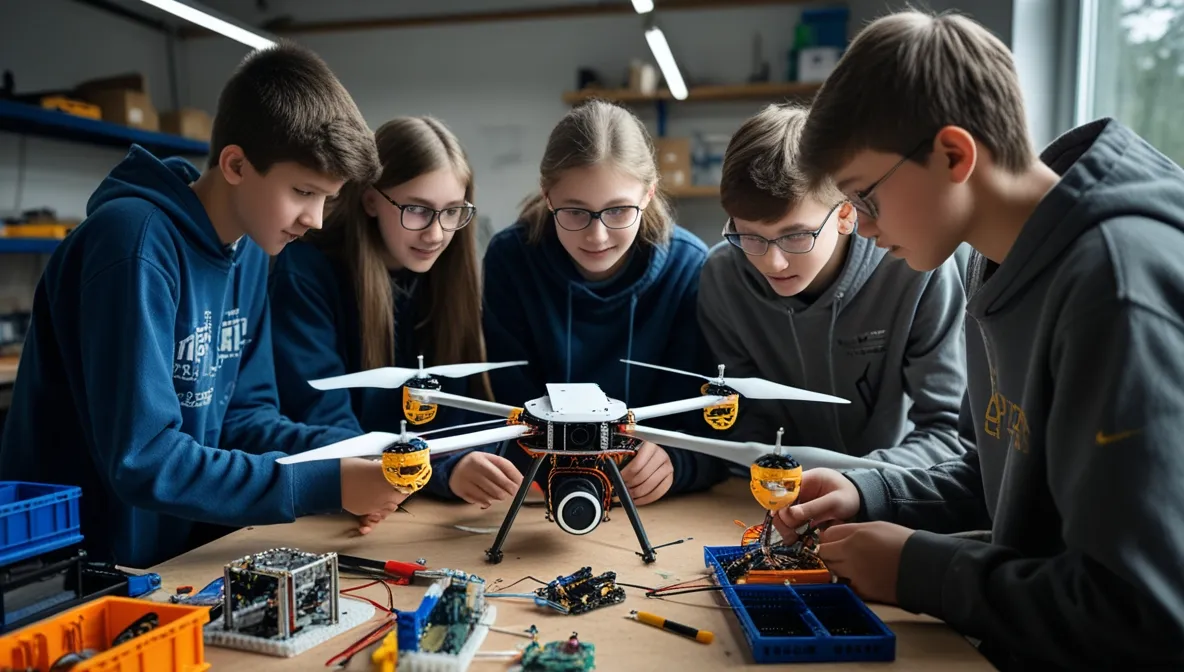
The students plan to enhance the device further. Equipped with advanced sensors, the drone will be able to assess air and water quality, monitor forests and soil conditions, and identify illegal waste dumps.
Although originally designed for the Kirov region, its modular architecture allows for easy adaptation across other parts of Russia — making it a scalable environmental monitoring solution.
Drones for a Cleaner Planet
Across Russia, regional initiatives to develop smart environmental platforms and use drones for ecological monitoring are gaining momentum.
At Sevastopol State University, students designed an unmanned catamaran — the ‘Marine Scorpion’ — capable of collecting floating waste within a 500-meter range and rotating 360 degrees for maximum coverage.

Meanwhile, other young innovators from Kirov developed a firefighting drone, the ‘Air Shield,’ showcased at the Festival of Ideas and Technology. Kalmariz fits seamlessly into this wave of youth-driven engineering, illustrating how Russian students are engaging with sustainability through practical innovation.
For domestic use, Kalmariz could integrate into regional environmental control systems as part of Russia’s growing digital monitoring network. It could also serve industrial applications — monitoring tailing ponds, industrial emissions, or energy sites — bridging green technology and heavy industry.
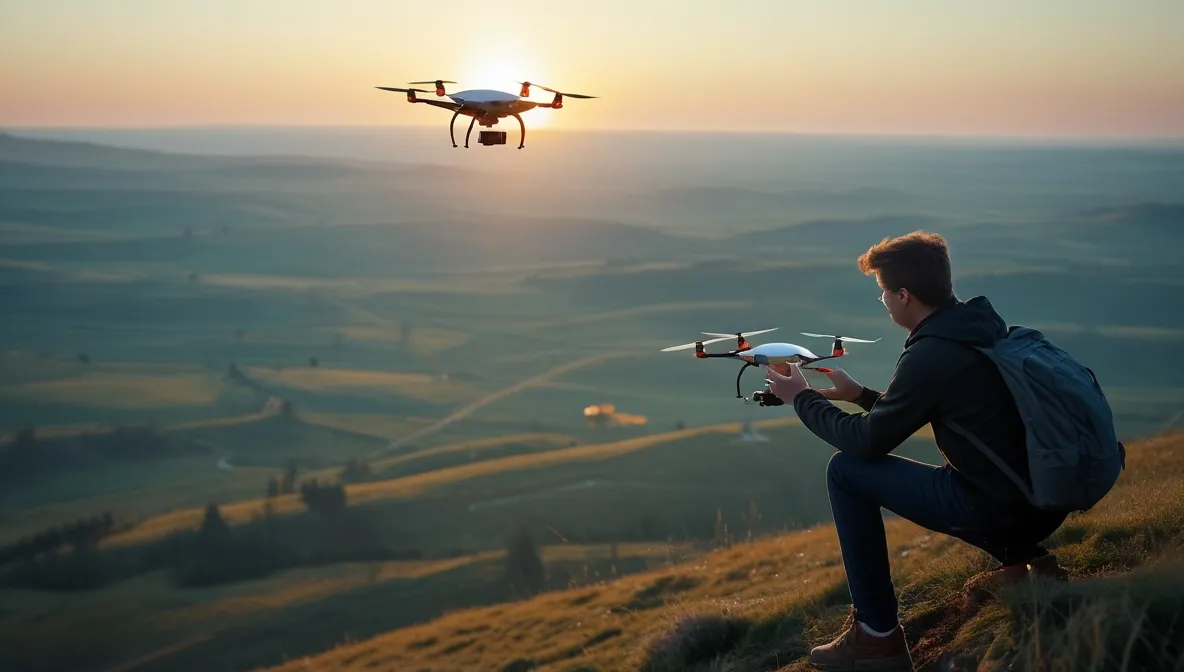
Engineering the Future
The Kirov project represents a successful blend of education, engineering, and environmental responsibility. It shows how grassroots innovation can become a catalyst for regional technological development. By combining STEM learning with sustainability goals, students are developing not only machines but also a sense of ecological accountability.
For Russia’s tech sector, the project signals rising demand for solutions in autonomous systems, environmental sensors, and data analytics. The students’ invention is not just a drone — it’s a glimpse into Russia’s technological future, where digital tools help build a cleaner and more sustainable world.




















